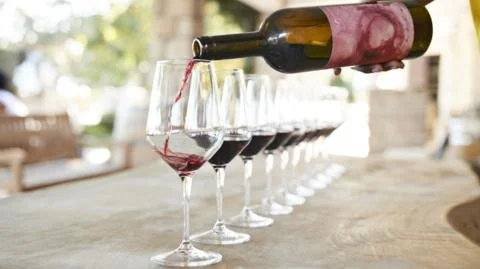From Vintage to Non-Vintage: How Climate Change is Reshaping the Wine Industry
In the renowned world of wine, vintage is often considered paramount, dictating consumers’ choices when purchasing their favorite reds, whites, or rosés. Yet, the increasing impacts of climate change have prompted a notable shift in winemaking practices, with a growing number of quality-focused wineries opting to produce non-vintage wines—a concept traditionally viewed as inferior. Winemakers like Chris Howell from Cain Vineyard and Winery in Napa Valley explain how rising temperatures and extreme weather patterns, such as heat waves and wildfires, threaten grape quality and consistency. In 2017, Howell, reacting to devastating fire conditions, chose to blend grapes from different years to maintain the desired wine profile, showcasing the benefits of non-vintage blends.
Remarkably, the concept of blending isn’t entirely new, particularly in sparkling wine production where champagne often utilizes multiple vintages to create a balanced flavor. With climate factors now allowing for more vintage champagne production, wineries like Pasqua Vigneti e Cantine in Italy have embraced non-vintage still wines, aiming to capture the rich expression of their vineyards while mitigating unpredictable weather impacts.
As Howell points out, an adjustment in consumer perception towards non-vintage wines is crucial. Dawn Davies, a master of wine, identifies distinct consumer segments, noting that while casual buyers might not care for specific vintages, industry insiders appreciate the stability and consistency non-vintage offerings provide. Amidst these shifts, the conversation about the true essence of winemaking and changing norms continues, advocating for a more open-minded approach towards innovation in the wine industry.

